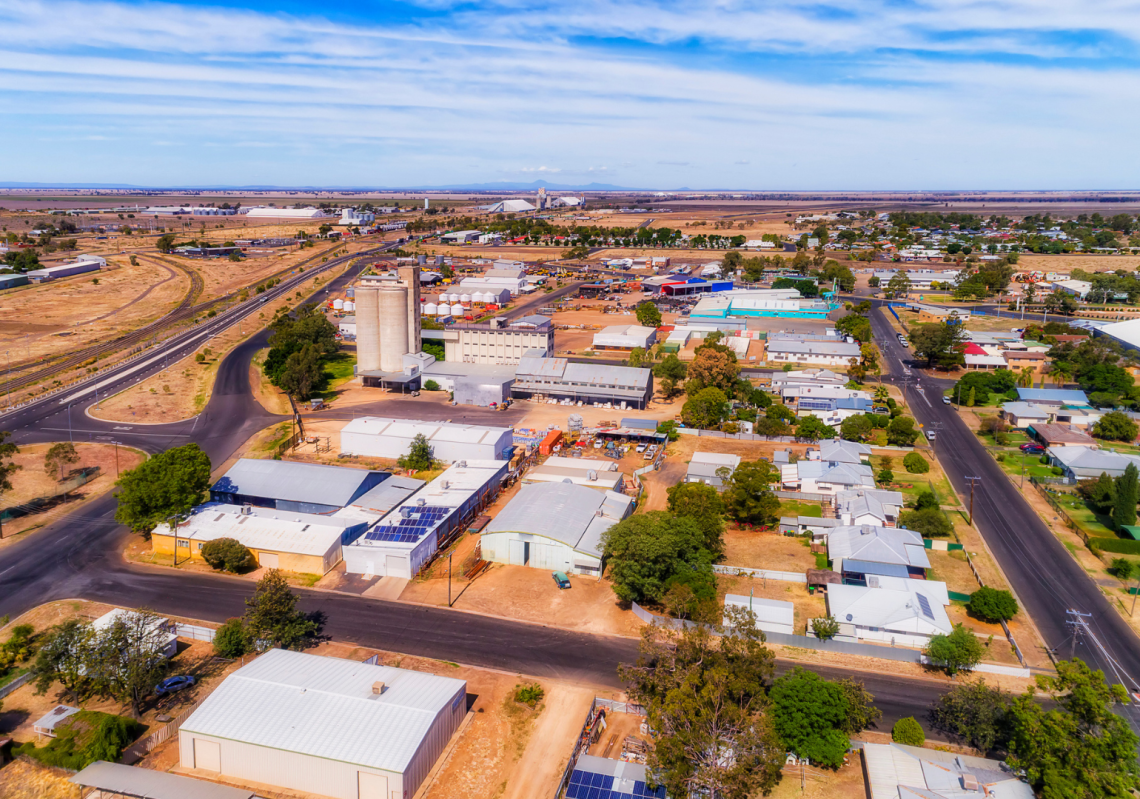How a hydrogen-fuelled medical drone could help rural and remote communities overcome persistent health care inequities.
Australia’s health care system is plagued by the tyranny of distance, with those living in rural and remote communities facing a lack of access to health care services.
According to the National Rural Health Alliance’s (NRHA) Rural Health in Australia Snapshot 2023, life expectancy and health outcomes decrease the further away people live from metropolitan areas.
Rural and remote communities also have double the number of preventable hospitalisations and two and a half times more avoidable deaths than metropolitan areas.
With First Nations Australians comprising 32 per cent of the population of rural and remote areas, they experience this health care gap more keenly, with lower life expectancies, a higher burden of disease, and higher likelihood of being hospitalised than non-Indigenous Australians.
To help bridge this gap, a hydrogen-fuelled, emissions-free vertical take-off and landing (eVTOL) drone is being developed by engineers from the University of Sydney, in collaboration with health care advisory organisation ASAC Consultancy.
Wildu Aero Project lead Professor Dries Verstraete sat down with create to discuss the benefits and applications of the uncrewed aerial vehicle (UAV).
Breaching distances
The purpose of the Wildu Aero Project is to facilitate early detection, prevention, and treatment of prevalent health conditions common in rural and remote areas such as the Kimberley.
The service is designed to integrate with local primary health networks and pathology services – particularly pertinent during infection outbreaks or the occurrence of natural disasters such as floods.
A key consideration of the design was to create a drone capable of maintaining the integrity of medical supplies, Verstraete said.
As piston engines create a lot of vibrations at such a small scale, that could render a blood sample unusable due to the destruction of red blood cells, for example.
“While piston engines will provide the range, they aren’t necessarily compatible with the payload we are trying to carry,” he explained.
With its low range, a battery-powered vehicle also didn’t fit the bill.
“They can only travel about 200 km, so you would need to stop halfway between your departure and destination to recharge. You need at least a 500 km range, ideally more, to be able to reach those really remote communities.”
Through developing a triple hybrid fuel-cell-based system, the team is aiming to cross vast distances in difficult conditions.
“We previously flight-tested the triple hybrid systems on a fixed-wing aircraft,” Verstraete said.
“We also developed a hardware-in-the-loop (HIL) test bench to evaluate its performance in gusty wind conditions.”
Ensuring the right infrastructure is in place is another consideration.
“We will initially have a few hubs where we can refuel,” he said. “As operations scale, we’ll see whether we need to add extra hubs or not to have sufficient range to be able to fly out and then come back.”
A speedy supply route
According to Verstraete, the eVTOL should “technically be able to carry almost anything”, in compliance with Australian medical regulations.
“Initially, we will carry pathology specimens and blood samples,” he said.
This should help to overcome delays getting specimens to laboratories for processing.
“Sometimes they are put on a Greyhound bus and arrive a few days later. It can take over a week to get the specimen processed and analysed, and [the] results sent back.”
Expediting this process is essential to treat conditions such as sepsis in a timely manner.
Every hour antibiotic treatment is delayed can lead to a three to seven per cent increase in poor outcomes from sepsis, including death.
This is particularly crucial to improve health outcomes among First Nations Australians, who are disproportionately affected by sepsis.
Getting off the ground
ASAC Consultancy has invested $3.6 million in funding for research and development of the drone, with the team currently working on the conceptual design and building a small-scale model for testing purposes.
“eVTOLs take off like a helicopter and fly like an aircraft,” Verstraete said. “The transition phase from vertical to horizontal flight is a critical part of taking off and landing, so we can test the small-scale model in our lab to de-risk the controller.
“We will continue this work in the HIL simulator for the electric vertical take-off and landing drone, and use the HIL testing to optimise the components so fuel cell degradation is minimised.”
The team is also working on a full-scale model simultaneously.
“It will initially fly on batteries so we’re not de-risking two technologies at the same time,” he said. “When we have the airframe, we can then integrate the fuel cell in-flight testing operations.”
When the drone is up and running, the Wildu Aero Project should help to ensure “every Australian has access to the health care they deserve”, according to ASAC Consultancy Founding Director Anna Klis.
“Through collaboration with First Nations communities and the University of Sydney, we are not just building a health care service model, we are building [the] capacity of individuals, communities and organisations to make decisions that support their wellbeing and those of the community,” she said.
“Together, we’re shaping a future where health care is truly inclusive and accessible to all.”



